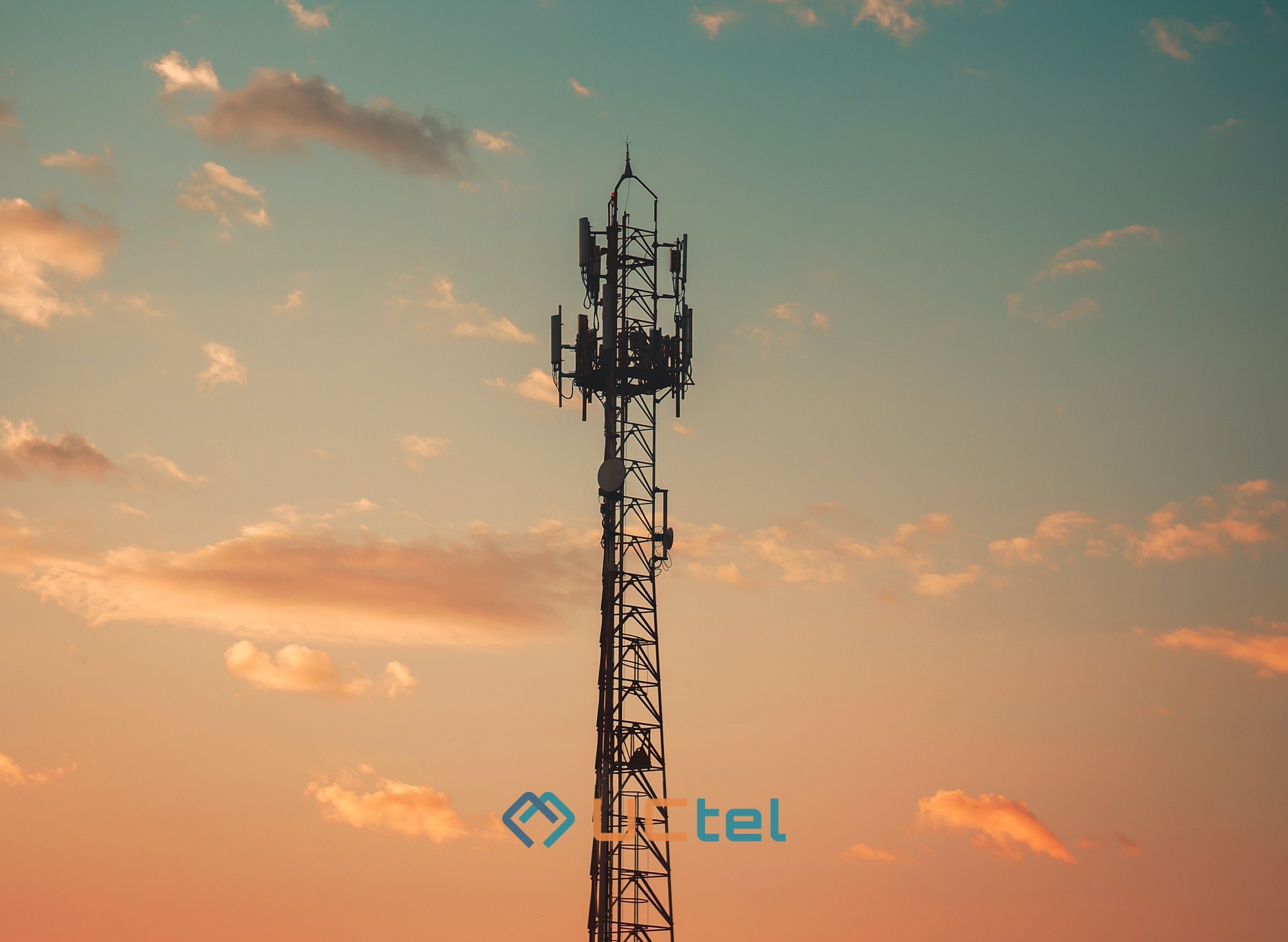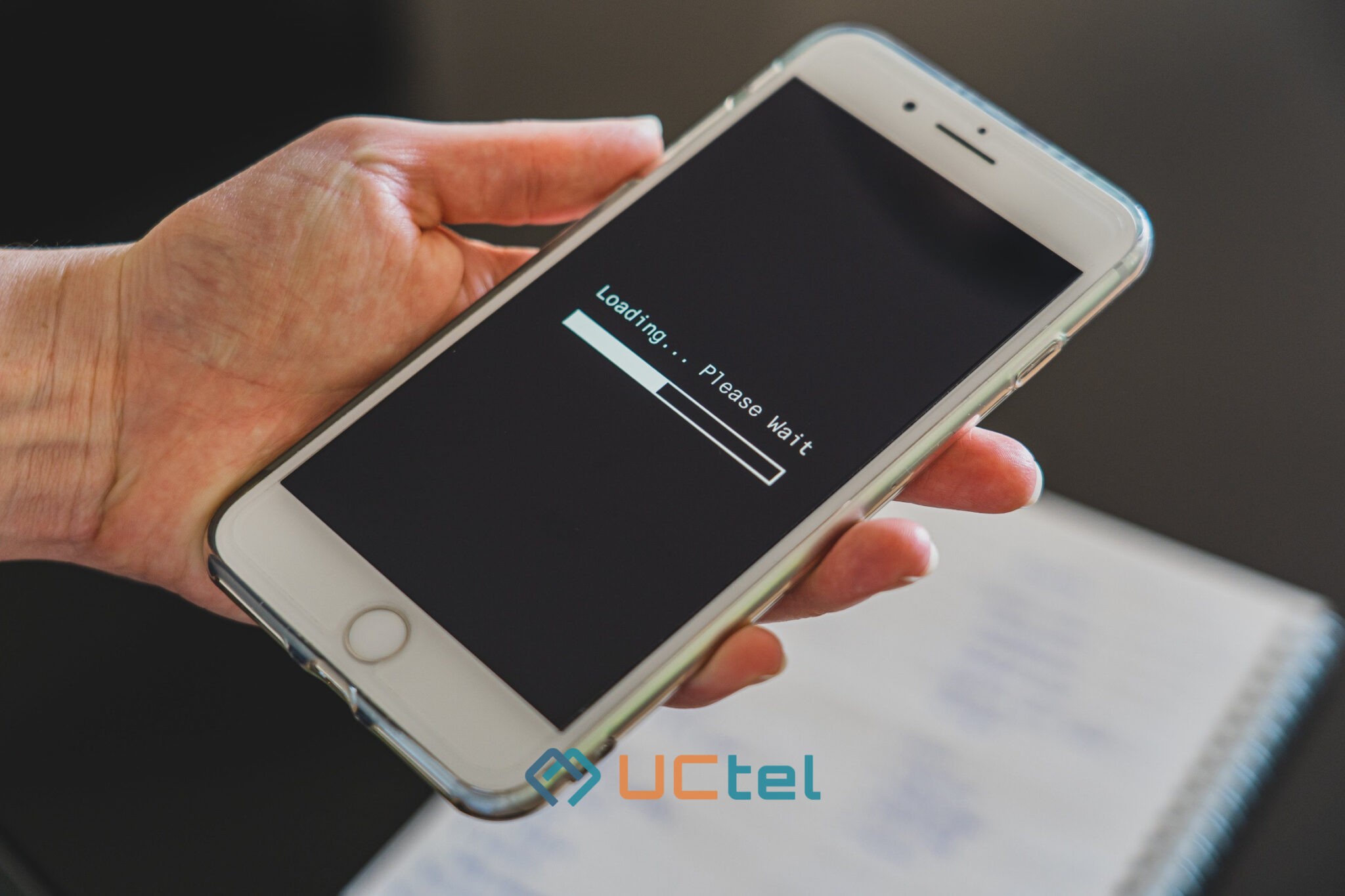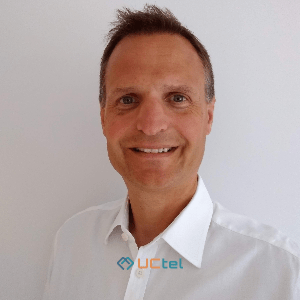
Why is 5G DAS Crucial for Building Robust 5G Coverage in Buildings?
Table of contents
5G Distribution Antenna System (or DAS for short) is the solution for improved 5G mobile connection in buildings. The 5G technology comes with many benefits that make it especially attractive: it offers 100 times faster Internet speeds compared to 4G, better capacity, and higher support for IoT devices. Like us, many UK residents want to know what on Earth it will take to fix the country’s patchy network signal. And for the businesses that require a stable internet connection for their daily operations, the situation is even worse.
This is where 5G-ready DAS comes into play. With this potent technology, you’ll bring fast and reliable internet access to your business or company. Why settle for a good-days-and-bad-days network connection when you can have confidence instead? In this article, we’ll spill the beans about the 5G distributed antenna system, what it entails, its benefits, signal sources, and how you can deploy one in your building.
What is 5G Indoor DAS?
5G DAS is a signal-boosting system consisting of receiving antennas, usually at the top of the building, an amplifier, small 5G-powered antennas throughout the building, and cables that connect everything. Depending on the type of DAS, it works as follows:
- Passive DAS. The external antenna receives a weak mobile signal from the cell tower and rebroadcasts it to strategically placed internal antennas.
- Active DAS. It functions the same as a passive, but after the signal is received, it is then improved and might be converted into an optical one. Then it is sent to the active antennas through fibre cables.
Indoor 5G DAS coverage is especially beneficial for buildings with a lot of interference and poor signals, like population-dense areas, isolated spaces, underground buildings, basements, and areas with no cell towers nearby.
And what are the reasons to go for an in-building 5G distributed antenna system specifically? You should have 5G-ready or 5G DAS to benefit from the latest mobile network technology. 5G DAS solutions support new radio signal dissemination and are compatible with newer frequency bands such as n77 and n78.
Benefits of Deploying 5G and DAS Technology in Buildings
The most essential benefits of using 5G DAS technology are speed and convenience. Nonetheless, the system has other features that set it apart from other indoor DAS solutions. We list them below to prove that the in-building distributed antenna systems are indeed the future of mobile connectivity.
1. Better Mobile Signal
5G DAS is designed to deliver flash-speed mobile connectivity. With much better peak data rates, you will have access to fast download speed, high-quality streaming, comfortable video meetings, and a seamless browsing experience. What makes a 5G DAS solution faster? According to simple physics, the shorter the frequency, the more the bandwidth. The system uses shorter frequencies of less than 300GHz, explaining why 5G has the speed of lightning.
2. Reduced Latency
Indoor 5G DAS ensure reduced latency, i.e. the delay between sending and receiving data. Compared to 4G’s 200 milliseconds, 5G is setting a new latency standard of just 1 millisecond. To put this into perspective, the time it takes a human to react to visual stimuli is around 250 milliseconds.
Imagine now that you have a 5G-powered device that can react about 250X faster than you. This is a major breakthrough for the Internet of Things (IoT) and can make an impact in various industries, including autonomous vehicle-to-everything communications, telesurgery, immersive VR gaming, etc.
3. Less RF Interference
Radio frequency interference is not a new problem for wireless network systems. Neighbouring buildings, Wi-Fi, weather patterns, and many other factors can interfere with network signals and obstruct connectivity for the end users. 5G DAS deployment eliminates the chances of major signal interference and enhances coverage in areas that experience frequent network connection issues.
4. Improved Customer Experience
You sure had a situation when 4G internet on your mobile device wasn't as strong as you expected and cut in and out. 5G has created a new standard of customer access with its widespread multimedia experience, potential for smart devices (IoT) to troubleshoot via self-service and higher data processing power. Whether you implement a private 5G network or improve outside 5G signal with DAS, the fifth-generation wireless technology will greatly benefit your business.
Contact UCtel and unlock the full potential of your mobile network Get in touch
What are 5G DAS Signal Sources?
If you understand the principles of 5G and distributed antenna systems, you realise that a DAS needs to receive signals from somewhere. When deploying DAS infrastructure, the signal source is one of the factors that will determine your capacity and 5G DAS in-building wireless coverage.
These 3 major signal source types are popular among building owners:
1. Off-Air Signal Source
If you have one or more physical donor antennas on the roof, it is likely that your DAS uses an off-air signal source. This type is the most widely used among venue owners. However, because the UK is slow to adopt 5G, an off-air signal source may not be your best bet as the nearest mast may be over-congested, or the signal reaching your donor antenna is poor.
With an off-air signal source that 5G DAS utilises, your donor antenna simply receives and sends signals without a telecentre connection. In simple terms, an off-air signal source just amplifies wireless signals and doesn’t add more capacity to the carrier’s already existing features.
Before considering an off-air signal source, we recommend speaking with a professional team of DAS specialists like UCtel to determine the best signal source your building will most benefit from. Here are the pros and cons of using an off-air signal source:
Pros
✅ Cheapest signal source
✅ Quick installation and deployment time
✅ Compatible with different carriers
Cons
❌ Performance depends on an external donor signal
❌ Adds zero capacity
❌ Managing multiple signals from different carriers may be complex
2. BTS, eNodeB, NodeB source
BTS, eNodeB, NodeB, and gNodeB are all signal sources used in mobile phone masts. These connection variants, known as BTS signal sources, work by wirelessly connecting a device to a dedicated fibre optic installed by the carrier.
5G DAS systems at large enterprises like stadiums and airports are typically connected to varying base transfer stations compatible with different carriers to carry the loads of a large number of people making phone calls, using data, videos, and more at the same time.
Pros
✅ Stellar performance
✅ High capacity and coverage
Cons
❌ Longer deployment time
❌ High deployment and OPEX costs
❌ Requires deep technical knowledge
❌ Demands for mapping of dead zones and hand-off zones
3. Enterprise small cells source
Small cells, mostly gNodeB, connect to the operator’s core network via a dedicated fibre or internet connection. 5G small cells are the most commonly used signal source for 5G DAS installation in the UK. Such signal sources, frequently called gNodeBs, are popularly nicknamed a ‘cell tower in a box’. All the variations of small cell signals, like picocells, femtocells, metrcells, and nanocells, create a specific third data channel for returning signals from a carrier’s network.
Pros
✅ Creates high-quality wireless 5G signal
✅ Best bet for corporate buildings and organisations with 100s of users
✅ Cheaper than BTSes
✅ Fast deployment time
Cons
❌ Hard to upgrade and upscale
❌ Not all UK carriers offer enterprise small-cell signal sources
❌ Requires carrier-provided network
❌ Careful planning of hand-off zones required
UCtel is your trusted partner in mobile-boosting solutions, and we will help you choose an optimal system for your business Contact us
Deploying and Upgrading Your 5G DAS
For many buildings in the UK, 5G DAS indoor coverage is the only chance for a stable network connection. Unfortunately, you can’t always upgrade your existing DAS to 5G and as this transition comes with numerous nuances. Here are the most common challenges DAS owners face when they switch to the latest 5G standard.
1. Limitations With New Frequency Bands
Previous iterations of indoor DAS may not fully support high-frequency 5G bands. UK’s mobile network providers are currently rolling out 5G using a mix of the old ball frequencies like 4G’s n3 and n7 and newer frequencies like n77 and n78.
By and large, whether you need to upgrade or replace your existing indoor DAS equipment depends on the infrastructure and if it supports n77 and n78 bands. We recommend speaking with a 5G DAS expert, like UCtel, to determine whether an upgrade makes technical sense. Upgrading to 5G using only n3 and n7 frequencies will give you the same old speed and efficiency.
You can upgrade an existing 4G DAS to 5G if your system comes in modules and the operator has released modules compatible with 5G frequencies. Also, some non-modular off-air DAS technologies can get software upgrades to 5G. However, this option doesn’t support new 5G frequency bands unless the initial equipment is built to support such frequencies.
2. Compatibility Issues With Increased Data Rates
With 5G DAS infrastructure in place, devices can communicate up to 100 times faster than 4G. Combined with AI-enabled Internet-of-Things (IoT) devices, machines can provide precise data in real time. However, not only DAS but all your equipment should have capabilities to accommodate these higher data speeds; otherwise, the upgrade just doesn't make much sense.
3. Compatibility Issues With Legacy Systems
Incorporating 5G into legacy distributed antenna system technology is a big challenge in the telco space. These limitations are majorly due to the new frequency bands being rolled out and the lack of equipment to support increased system capacity. To overcome this challenge, outrightly replacing your indoor DAS is a stress-free, zero-glitch option.
4. Higher Power And Energy Demands
With each 5G DAS infrastructure operating over more frequency bands and carrying at least 5 times more traffic than previous technology, power and energy consumption is at least twice as high. Of course, the exact specifics will depend on several factors, like the specifics of the technology deployed or the frequency bands used, but you should be ready for higher maintenance costs regarding network infrastructure.
5. Increased RF Interference
Certain factors, including building materials, other mobile carriers, metals, concrete, etc., can interfere with cell towers and prevent coverage in some areas. Unfortunately, with 5G-ready DAS, the likelihood is doubled. This is because 5G’s newer frequencies and mmWaves have faster but shorter ranges. As such, before deploying a 5G indoor network, it’s vital to perform a fresh survey and benchmarking of the building or venue. This will help determine the scope of work and whether the upgrade is a viable option.
Consult UCtel about your building, pricing, and the best way to go about installation. Contact us
How Can UCtel Help?
Choosing the right 5G DAS components is crucial, and we are always glad to help you deploy a 5G DAS in a building. We are a dedicated team of 5G DAS experts based in the UK and available where and when you need it. Our process is simple — we’ll identify your building specifics, compare different DAS, and pick the right one for your building to enjoy next-gen mobile connection. We are just a call away!
Final Thoughts
The future of DAS is 5G. While mid-band 5G is best suited for the majority of UK buildings, it’s necessary to utilise the right system integrators. Learning about the challenges of a 5G DAS upgrade helps you avoid mistakes and feel more confident. It is also beneficial to have a reliable DAS tech team that can assist you with installation and post-installation issues. Always remember that 5G DAS is constantly changing, and new frequencies and updates are frequently released. Stay ahead of the curve with UCtel!






